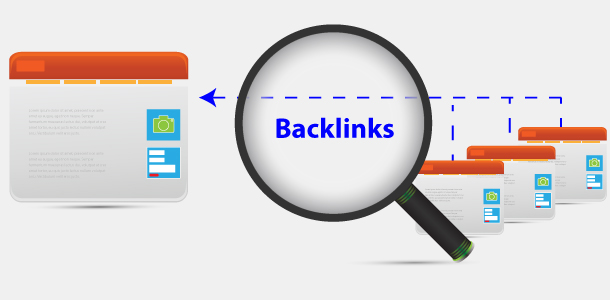
What is the Difference Between Link Building and Backlinking?
Link building and backlinking are essential concepts in SEO, but understanding the distinction between the two can greatly enhance your site’s visibility and authority. Regular checks, or audits, of your website’s backlink profile can help maintain quality, improve SEO rankings, and safeguard against penalties. Let’s explore the differences and the importance of maintaining a high-quality link profile.
What is Link Building?
Definition and Purpose of Link Building
Link building is the process of acquiring links from external websites that direct back to your site. These links, known as “inbound links,” act as endorsements, signaling to search engines that your site has valuable content.
The Role of Link Building in SEO
Link building helps in:
- Increasing your website’s domain authority.
- Enhancing organic rankings on search engines.
- Generating more organic traffic by improving your site’s visibility.

What is Backlinking?
Definition and Purpose of Backlinking
Backlinking refers to the individual links pointing to your website from other domains. Each backlink represents a “vote” for your content’s relevance, as each link is a sign of trust from other sites.
Types of Backlinks and Their Importance
Backlinks are not all created equal. They can be divided into categories:
- Dofollow backlinks – Pass on authority.
- Nofollow backlinks – Do not pass on authority but can still drive traffic.
Key Differences Between Link Building and Backlinking
Understanding how link building and backlinking differ is crucial for developing a strategic SEO plan.
The Goal
- Link Building: A strategy to build a network of external links.
- Backlinking: The result of link building efforts, or naturally obtained links to your site.
The Focus
- Link Building: Proactively reaching out to websites to acquire links.
- Backlinking: Often occurs naturally as people discover and share your content.

The Importance of Regular Link Profile Screenings
To ensure a healthy backlink profile, regular screenings and audits are essential.
Early Detection of Harmful Links
With early detection, you can:
- Identify spammy or irrelevant links.
- Remove or disavow harmful links to avoid search engine penalties.
Improved SEO Rankings and Long-Term Success
Keeping your link profile clean contributes to:
- Higher search rankings.
- Long-term authority and credibility in your niche.
Statistic: Websites that perform quarterly link audits have 28% higher ranking stability than those that don’t (source: Moz).
Best Practices for Link Building and Backlink Management
Tips for Effective Link Building
- Create valuable, high-quality content.
- Engage in guest blogging with credible sites.
- Use outreach strategies to connect with industry leaders.
Tips for Maintaining a Clean Backlink Profile
- Regularly audit your backlink profile.
- Use tools like Google Search Console to monitor new links.
- Remove or disavow toxic links.
Conclusion
Both link building and backlinking play a critical role in SEO, and while closely related, they serve distinct purposes. By regularly screening and auditing your links, you safeguard your site’s authority and improve its performance on search engines.